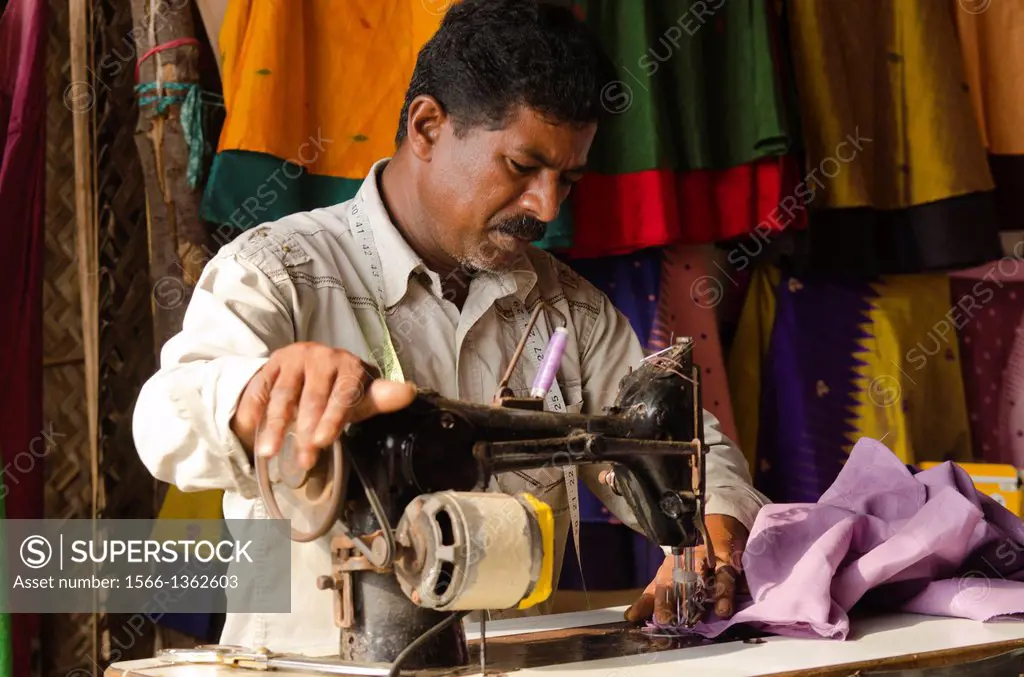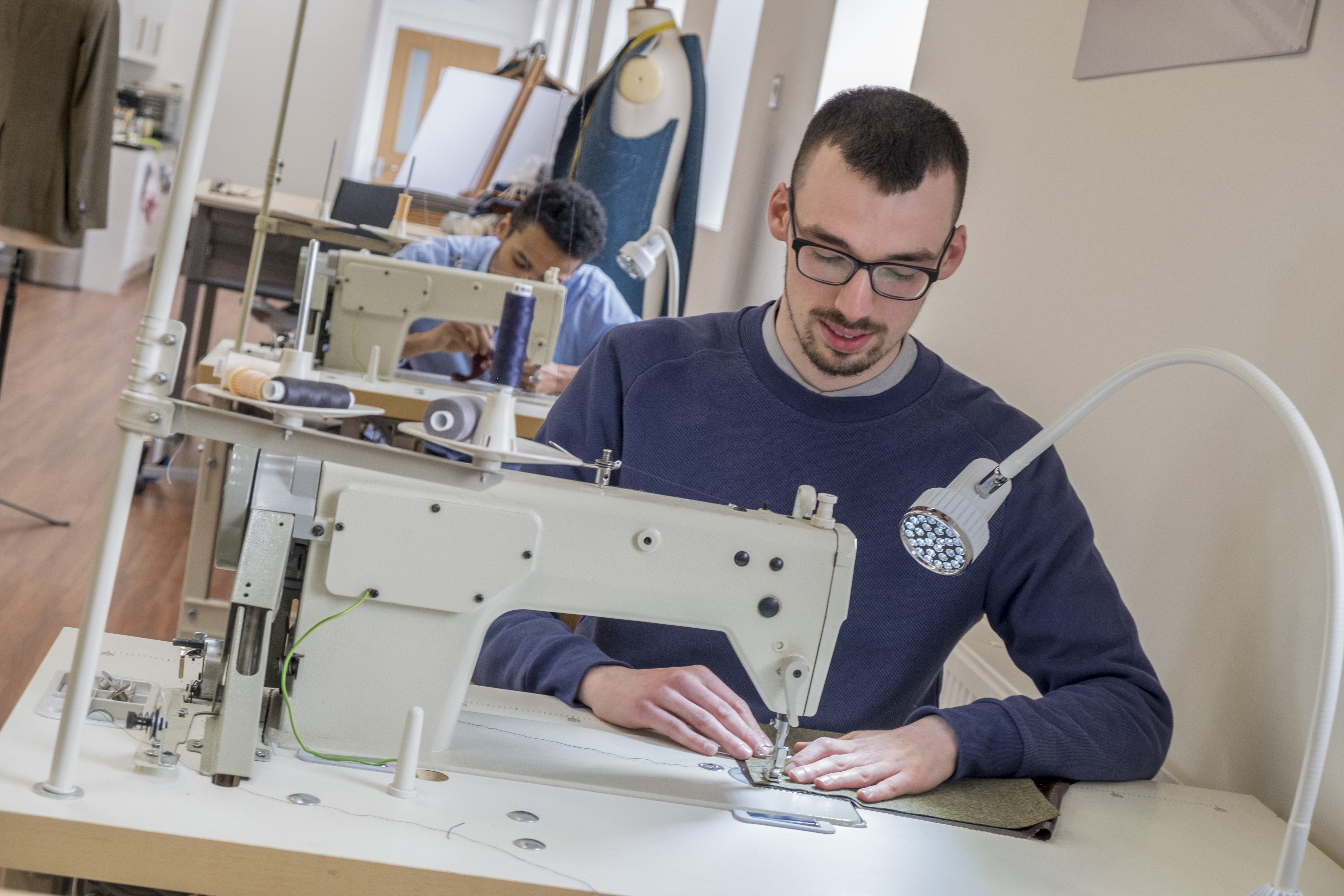Tailor Perth: Outstanding Tailoring for a Perfectly Fitted Wardrobe
Tailor Perth: Outstanding Tailoring for a Perfectly Fitted Wardrobe
Blog Article
Understanding the Tailoring Refine: From Textile Choice to Final Fitting for the Ideal Closet
The tailoring procedure is a complex interaction of art and science, beginning with the important decision of material selection and culminating in the precise modifications of final fittings. Each textile type brings one-of-a-kind top qualities that influence not just the visual appeal but additionally the garment's durability and suitability for different occasions. Recognizing the nuances of tailoring techniques can raise one's closet to unprecedented levels of sophistication. As we check out these components even more, one need to consider just how also the smallest information can substantially affect the general outcome of one's personal style.
Relevance of Fabric Selection
Picking the best textile is critical in the customizing process, as it directly influences the comfort, durability, and overall visual of the final garment (tailor perth). The selection of textile establishes the structure for the garment's style, performance, and efficiency. Various fabrics possess special residential or commercial properties, such as breathability, stretch, and weight, which can substantially affect just how the garment drapes and fits the body
Furthermore, textile choice influences the garment's longevity and ease of care. Premium materials can withstand damage, maintaining their appearance and framework over time, while lower-quality products may cause pilling or fading. Furthermore, the right textile adds to the garment's ability to shift throughout periods and occasions, thus improving convenience.
A customized piece made from a suitable material not just showcases craftsmanship yet additionally elevates the wearer's self-confidence. Subsequently, understanding the nuances of material selection is critical for any kind of tailoring undertaking. It guarantees that the last product not only meets the visual desires of the customer yet also straightens with useful needs, therefore achieving an unified equilibrium between form and function in the customized wardrobe.
Sorts Of Fabrics and Their Usages
Recognizing the numerous sorts of materials offered is crucial for making educated decisions during the customizing process. Each fabric possesses special qualities that determine its viability for particular garments and celebrations.
Its convenience enables it to be tailored into whatever from shirts to gowns. Its all-natural flexibility aids garments keep form over time.
Silk exudes high-end and is lightweight, making it best for eveningwear and fragile blouses; however, it needs careful handling because of its delicacy. Linen, with its textured surface, is a popular choice for warm environments, offering a crisp and airy feeling, but it wrinkles quickly, which might affect the garment's appearance.
Synthetic fabrics, such as polyester and nylon, offer resilience and resistance to wrinkles, making them suitable for day-to-day wear and active apparel. Comprehending these textile types and their properties permits better decision-making, making sure that each tailored item not just fits well however additionally lines up with the designated function and event.
The Tailoring Methods Discussed
The art of customizing counts on a range of methods that change material into well-fitted garments. Central to this process is pattern preparing, where a tailor creates layouts based on the client's measurements and preferred design. This first step makes sure that the garment will fit the user appropriately prior to any type of cutting occurs.
When patterns are established, reducing strategies enter play. Precision is critical as mistakes can lead to misfitting garments. Tailors frequently use various cutting techniques, such as single-layer cutting for intricate styles and multiple-layer cutting for effectiveness on common patterns.
Basting is an additional vital strategy, enabling tailors to temporarily sew fabric assemble for an initial installation. This technique offers the opportunity to examine the drape and total silhouette prior to last sewing.
Seaming strategies, including french joints and flat-felled seams, improve the garment's resilience and aesthetic charm. Tailors additionally use strategies such as interfacing and padding to give structure and form to certain locations, like collars and shoulders.
Last but not least, finishing methods, including hemming and edge completing, ensure the garment's durability while supplying a refined look. With each other, these strategies develop the foundation of effective tailoring, causing exquisite, custom-fit apparel.
Fitting Modifications and Factors To Consider

Key considerations consist of the shoulder fit, which needs to neither sag neither restrict movement, and the sleeve length, which must enable comfortable arm activity while maintaining a polished appearance. Additionally, modifications at the waist can refine the silhouette, with alternatives to allow out or absorb textile as required.
The surge of trousers is one more critical aspect; it needs to sit pleasantly above the hips without triggering discomfort, allowing for simplicity of movement. Hemming sizes for both pants and skirts should reflect the user's favored design while check respecting percentages.

Keeping Your Tailored Apparel
Appropriate maintenance of tailored garments is necessary to protecting their webpage fit and look in time. To make certain long life, regular cleaning is vital. Always follow the care label guidelines, which may suggest completely dry cleaning for fragile materials or device cleaning for more long lasting materials. Prevent regular laundering, as this can put on down the material and modify the garment's shape.
Storage space is equally important; use cushioned hangers for coats and jackets to maintain shoulder structure, and store trousers folded up neatly or hung to prevent creasing. Safeguard garments from direct sunlight, which can fade colors and damage fibers.
Furthermore, regular inspections for minor repairs can avoid larger concerns. Inspect for loose switches, tearing seams, or indicators of moth damage, dealing with these issues promptly to maintain the garment's honesty.
Lastly, think about seasonal rotation. Using customized pieces in small amounts allows materials to recover, expanding their lifespan. By applying these upkeep techniques, you can guarantee that your customized garments remain as excellent as the day you first used them, enhancing your suitable closet for many years to find.
Final Thought
The tailoring procedure, incorporating material choice, proficient methods, and exact fitting adjustments, plays a crucial role in creating garments that boost both convenience and style. Understanding the relevance of upkeep prolongs the life of tailored garments, solidifying their worth in a well-curated wardrobe.
Selecting the appropriate textile is important in the tailoring process, as it directly influences the comfort, durability, and total visual of the last garment. Bonuses The option of material establishes the structure for the garment's style, functionality, and performance. Different fabrics possess distinct buildings, such as stretch, weight, and breathability, which can dramatically affect how the garment drapes and fits the body.
The art of tailoring counts on a range of methods that change fabric right into well-fitted garments.The customizing procedure, incorporating material option, skilled methods, and exact suitable adjustments, plays an important duty in creating garments that improve both convenience and design.
Report this page